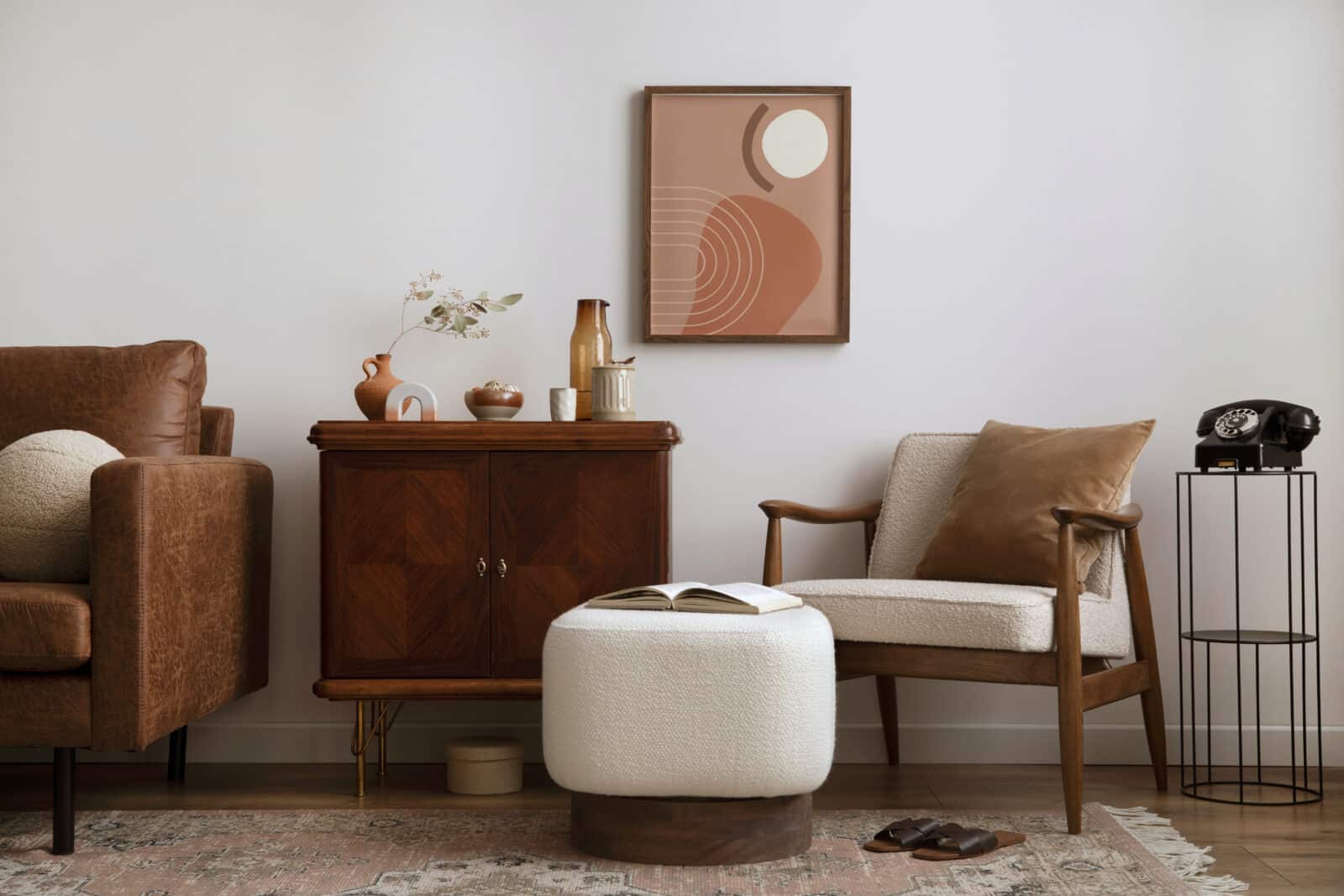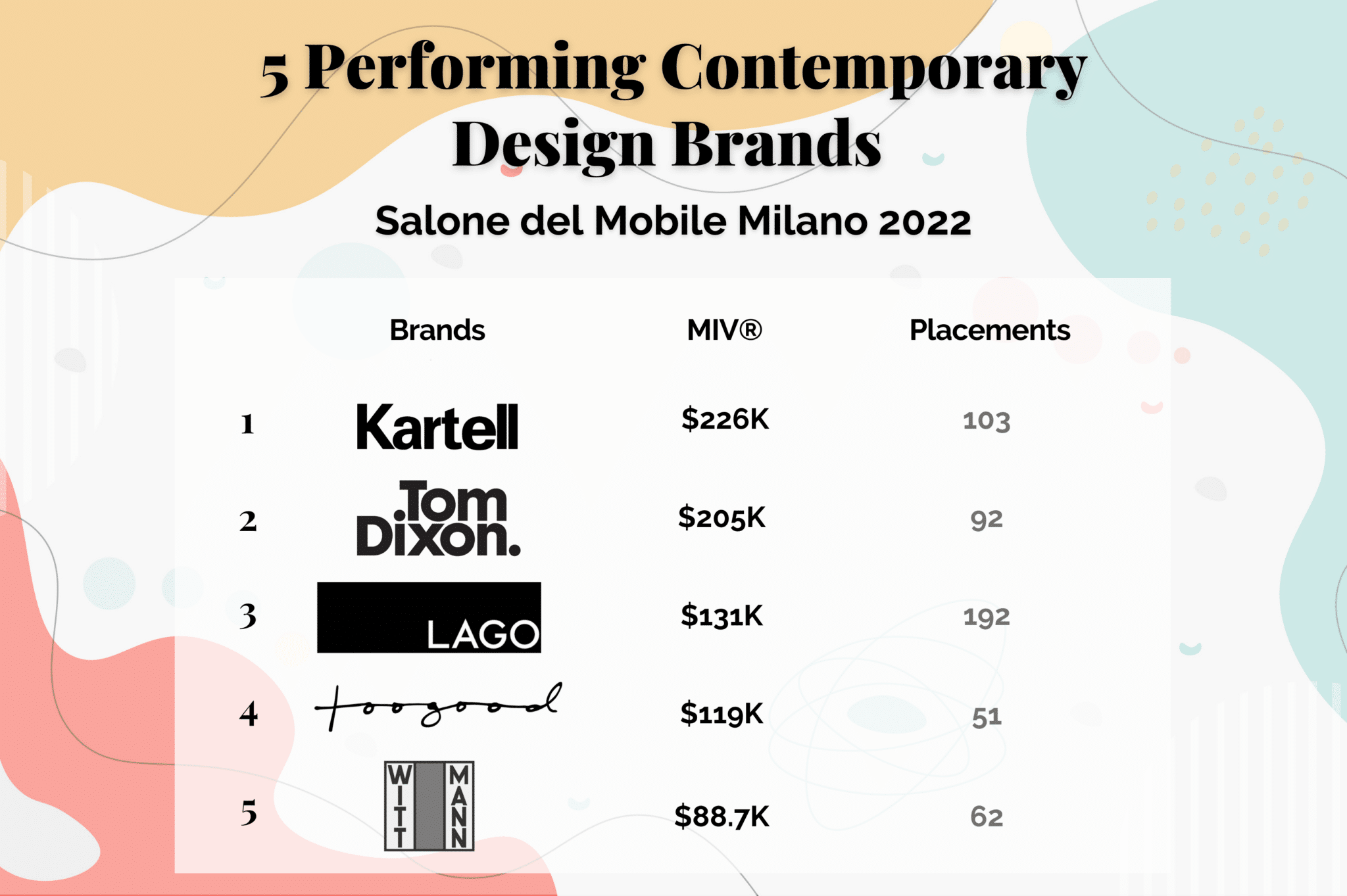Despite uncertain conditions, the global luxury goods market is expanding. If we look at home design & furniture goods specifically, it is a $643 billion market that picked up pace during the pandemic. According to Euromonitor International, it’s set to grow at a 5 percent annual growth rate through 2026 — much faster than it was growing in 2018 and 2019. More and more players in the luxury and mass market sectors are joining the homeware industry with furniture and design collections, but also many other small-medium companies have emerged in recent years competing with disruptive digital strategies aligned with the new consumer lifestyle habits.
The right marketing approach can give high-end furniture brands the edge they need to capitalize on this market growth and tap into the next generations of luxury consumers. That means paying attention to the nuances of the industry and leveraging the right data and tools to drive your marketing decision-making in the right direction.
In this post, we’ll take a look at how best to form and measure a successful home design marketing strategy in light of the unique challenges of the sector.
In this article you’ll learn…
Marketing for Home Design & Furniture Brands: 4 Key Tips
Designer homewares and furniture brands have unique challenges in comparison to other segments in the luxury market. Take the lifespan of a high-end furniture product: it’s expected to last not only years but potentially decades.
For such a considered purchase, the customer sales journey is often spread across multiple sessions and touchpoints, and an extended period of time. For example, a buyer might spend a year or more deciding on the right piece for their home. As such, establishing a reputation, building trust, and repeated brand exposure are all key elements in successfully converting customers. Additionally, focusing on customer loyalty and retention can pay dividends over time.
Another challenge for luxury furniture brands is bringing the physical experience of shopping for furniture into the digital world. The tactile quality of luxury materials can be difficult to translate online, which is why stunning visuals and lifestyle-oriented marketing materials can make such a difference. And that brings us to our first tip:
1. Sell a lifestyle, not just a product
Homeware designers need to consider the aspect of selling a lifestyle to boost their chances of selling a product. A piece of luxury furniture may look beautiful on its own, but potential customers want to be able to visualize how it will fit with their home and elevate their lifestyle. For that, an entire setup needs to be created in your marketing visuals that tells a story while still letting the featured product shine.
Consider who your target audience is and what their ideal lifestyle looks like in order to build the most effective marketing campaign visuals.
Homesense is a good example of strategy. Through their Instagram account they create a multitude of lifestyle entertainment content in which the brand's products are part of the story.
2. Partner with the right influencers
Influencer marketing has become a go-to strategy for high-end furniture brands looking to establish a unique brand identity. For this approach to work, it’s crucial to partner with the right opinion leaders: by collaborating with an influencer whose values align with the brand's, companies can raise their online presence to new heights.
Working with an influencer enables brands to reach a pre-existing audience filled with potential customers that match their ideal buyer persona, ultimately driving more sales and boosting their reputation in the market.
When choosing which influencers to partner with:
- Clearly define your own target audience so you can pinpoint which platforms and content types are best for reaching them.
- Understand the different influencer tiers and find a balance between micro, mid-tier, mega and star influencers. The best ones to partner with will depend on your objectives.
- Consider their authenticity and authority as well as follower counts and engagement rates. Because designer furniture is a considered, long-term purchase, partnering with influencers with a high level of trust is paramount.
- SKLUM is a great example of strategy with influencers. They frequently collaborate with different opinion leaders to whom they offer to decorate their homes with the brand's products, or offer their personal design and decoration tips.
Once you have your influencer campaigns up and running, it’s crucial to track and measure them effectively. This not only allows you to adopt a process of constant optimization, but also helps you determine which partnerships bring you the most ROI so you can build them into long-term relationships.
3. Aim for a mix of Voices
As the question goes, if a brand isn’t on social media, does it even exist? Yes, social media has become a non-negotiable part of any marketing strategy. And yet, it’s not the only way for luxury brands to gain exposure and drive conversions.
While social media can generate buzz and help build brand awareness, including a mix of Voices in your marketing strategy brings the best of all worlds. Traditional media – whether print or online – remains an important marketing tool for the luxury segment, as mentions in quality publications hold weight with consumers who associate them with authority and high reputation.
For example, an article in the Guardian UK generated $31.7K in MIV® for Tom Dixon during Salone Del Mobile Milano – more than double that of the best-performing social media mention of the brand during the same period. Other Voices to target in your marketing strategy include retail Partners, Owned Media, and Celebrities.
4. Make data-driven decisions
In today’s world, data is the number one resource any brand has at their disposal. Every social media post you make, every influencer campaign you run, every mention of your brand in the media, generates a wealth of valuable data that you can use to make your brand and its marketing campaigns better. The key is in having the right tools that allow you to mine and interpret that data so you can use it to your advantage.
To track and measure all your marketing activities effectively, it helps to use a standardized metric. That way, you can easily compare the ROI of, say, a print magazine feature with an influencer post, or the value of the engagement you get on one platform with another. That’s why a measure like Media Impact Value™ (MIV®) offers a strong competitive advantage for any luxury brand: it allows you to quantify your efforts and compare them with both competitors and your own past performance.
Data-driven tools for the home & furniture industry like Launchmetrics Insights also help you to better understand where you sit in the competitive landscape so you can benchmark against other brands and make strategic decisions that elevate your position in the market.
With the right tools putting the most relevant data at your fingertips in an easy-to-interpret way, making the best marketing decisions becomes much easier and more efficient.
Make your brand more effective starting today! Read our recent blog on ''5 Performing Contemporary Design Brands Ranking by MIV® at Salone Del Mobile Milano'' to find out more about the competitive benchmarking and analysis of the five contemporary design brands we benchmarked.
Click on the link below to learn more!


